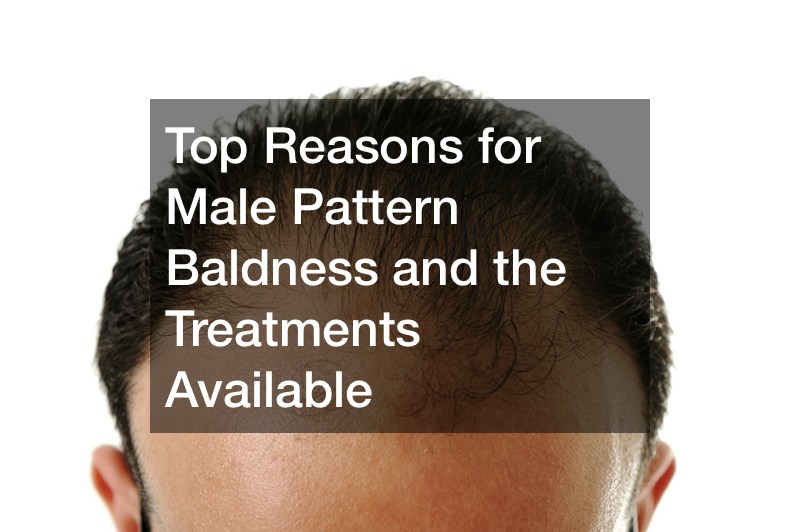Male pattern baldness is a prevalent issue affecting millions of men worldwide. Understanding its causes and available treatments is crucial for those seeking solutions. Genetics plays a significant role in male pattern baldness, with a hereditary sensitivity to dihydrotestosterone (DHT) causing hair follicles to shrink over time. Other factors, like age, hormonal changes, and underlying medical conditions, also contribute to this condition.
Several treatments are available for male pattern baldness.
Minoxidil, a topical solution, is widely used to stimulate hair growth by increasing blood flow to the scalp. Finasteride, an oral medication, inhibits DHT production, slowing hair loss and promoting regrowth. These treatments often yield better results when used in combination.
Surgical options include hair transplant surgery, where hair follicles are relocated from dense areas to thinning regions. Low-level laser therapy and platelet-rich plasma (PRP) injections are emerging non-invasive treatments showing promise in stimulating hair growth.
However, it’s crucial to note that male pattern baldness treatments may vary in effectiveness from person to person, and consistency is key. Additionally, understanding the root cause is vital for tailored solutions.
Lifestyle modifications, such as a balanced diet, stress management, and avoiding smoking, can complement treatments. While nutritional deficiencies don’t cause baldness, they impact hair quality, emphasizing the significance of a well-rounded approach.
For those seeking effective hair loss treatments, consulting with specialists or male pattern baldness treatment experts can provide personalized solutions, considering individual needs and preferences, to address this common concern.
.


